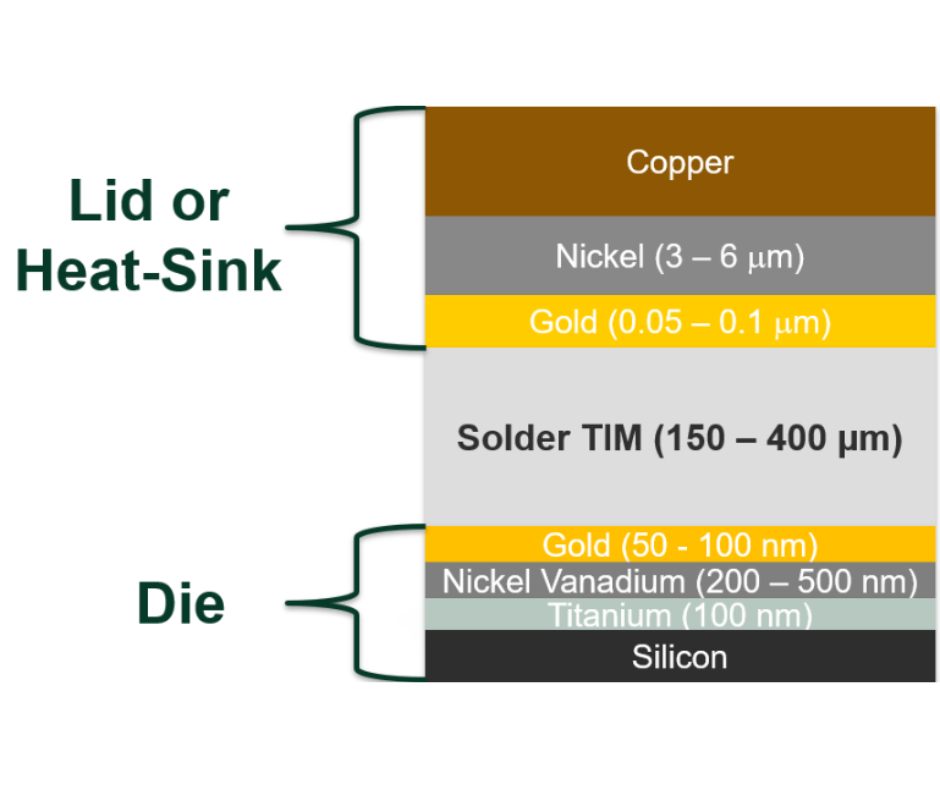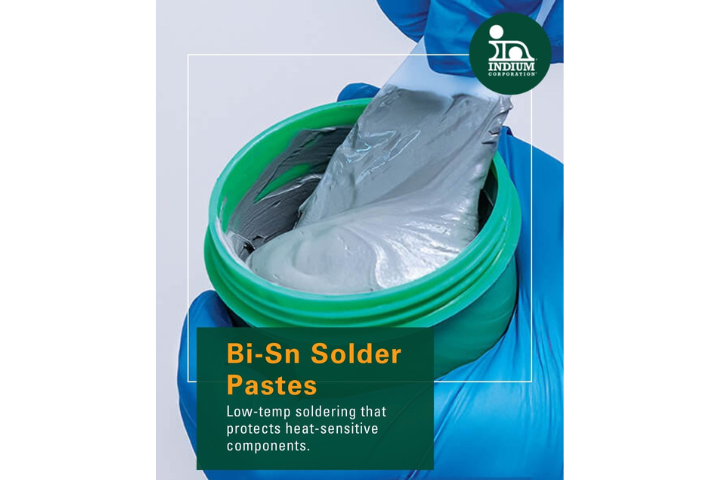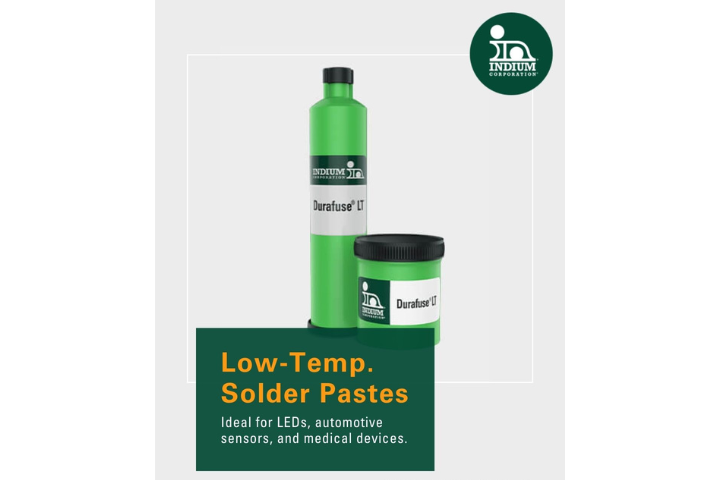Solder fluxes facilitate solder wetting by dissolving the oxides present on the surface of the tabbing ribbon as well as the silver metallization bonding stripes on the top and bottom of the solar cell. Typically liquid fluxes consist of a chemical activator package, rosin or a synthetic resin and a solvent system.
The solar industry has historically used fluxes formulated with alcohol solvents, but newer formulations are available formulated with low VOC solvents. These newer low VOC fluxes are safer to use and have less environmental impact.
In both electronics assembly and the manufacture of solar cells, long term reliability is of paramount importance, and care must be taken to insure that the flux selected for soldering will be non-corrosive. It is important the activator/resin system be designed to volatize or decompose during the peak temperature of soldering. This insures that no corrosive by-products remain, and therefore the flux residue can safely remain on the substrate. Such fluxes are known as "no-clean" and the formulation technology and reliability testing were developed for electronics assembly and microelectronics applications by flux manufacturers serving these industries. In these industries, circuitry line width and spacing are significantly less than used in solar cells and even minute amounts of corrosive residues negatively impact on SIR (surface insulation resistance) performance. Therefore it is prudent for the module assembler to select a tabbing ribbon flux supplier that also supplies to the electronics assembly and microelectronics industry.



